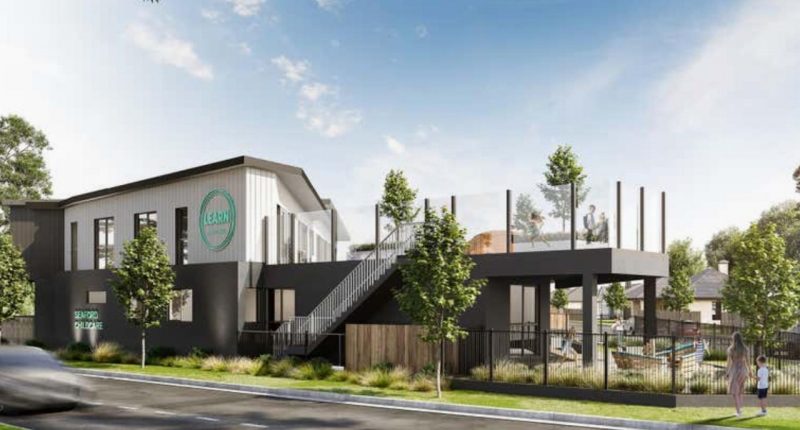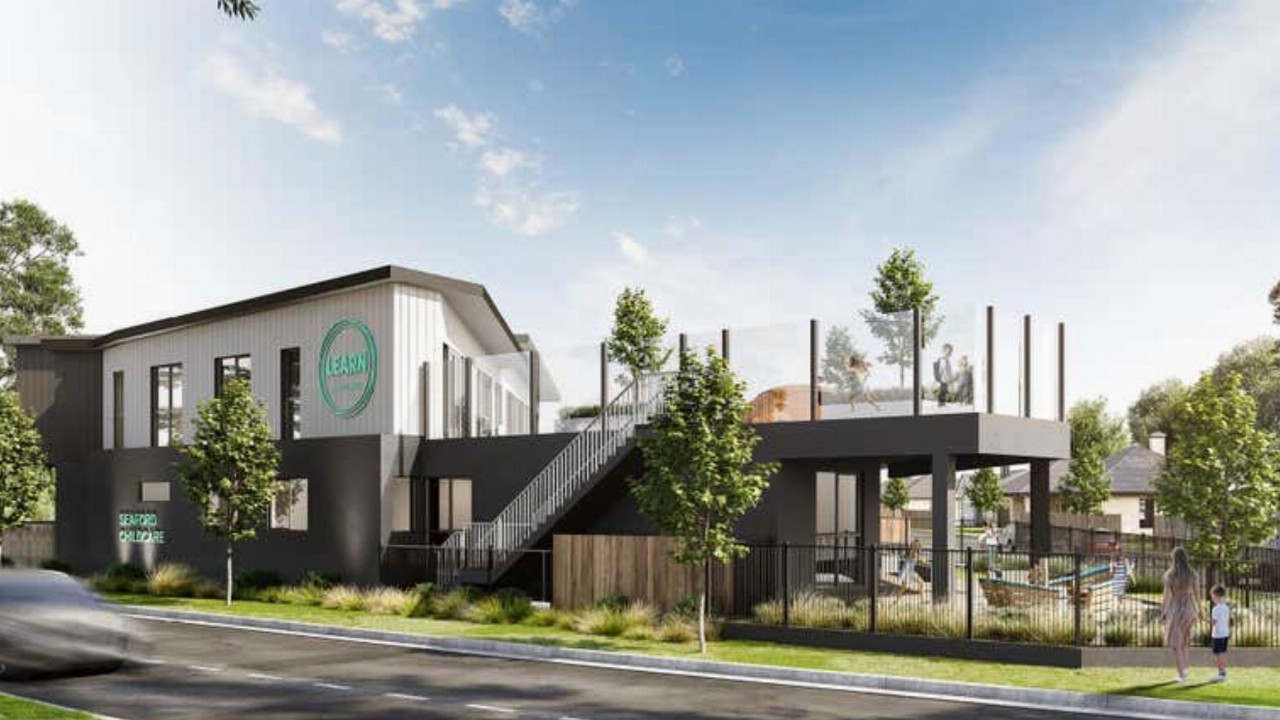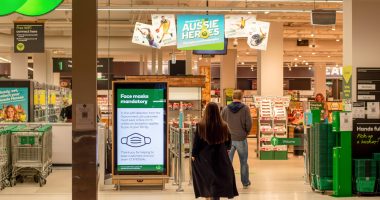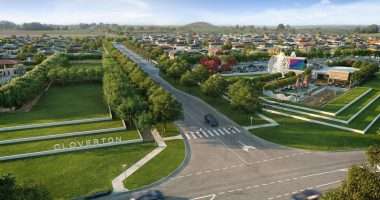- During the COVID-19 pandemic, childcare assets have come to prominence as a hotspot of investment activity
- The Federal Government gives about $9 billion per year through the Child Care Subsidy and beginning in FY23, an extra $1.7 billion per year will be allocated
- According to Australian Children’s Education and Care Quality Authority data, there are 8332 learning development centres, a rise of 297 for FY21
- 2021 year-to-date sales volumes in the childcare asset class have already surpassed overall sales volumes for 2020
- According to JLL’s Australian Child Care Market Update, the market for child care real estate in Australia is projected to be worth more than $28 billion
Childcare assets have risen to prominence during the COVID-19 pandemic, as a mixture of supply, demand and Government assistance has created a hotbed of investor activity.
The importance of childcare has been demonstrated by the fact that centres have remained open throughout the COVID-19-induced lockdowns and related restrictions.
The Federal Government gives about $9 billion per year through the Child Care Subsidy and beginning in FY23, an extra $1.7 billion per year will be allocated to increase childcare affordability.
The increased funds are aimed at lower-to-middle-income households and are projected to assist around 250,000 people, saving an average household $2200 each year.
The demand for the asset was evident in the recent sales campaign for a portfolio of 21 early education investments located in Perth and Melbourne, marketed by CBRE, Savills and Burgess Rawson.
Julian Heatherich from Savills Melbourne said all 21 properties were under contract, with significant buyer interest across all markets, including pitches to acquire all 21 sites.
“The overall demand is as strong as it has ever been, and there is a significant number of new players – large scale groups – trying to get portfolios together,” he said.
“We are seeing far greater and wider interest across different buyer types in childcare assets, and that has been pretty evident this year.”
Government funding has also played a large part in interest, with investors seeing the asset class as secure, according to Mr Heatherich.
According to Australian Children’s Education and Care Quality Authority data, there are 8332 Learning Development Centres, an increase of 297 for FY21.
The 3.7 per cent annual growth rate has slowed from the 3.8 per cent growth rate seen in FY20. The slowing of supply growth is indicated by the fact that 159 new centres opened between January and June 2021, which is lower than the previous year’s equivalent period.
However more families are using childcare centres, according to the Department of Education. The percentage of children under the age of five who attend a child care centre has increased from 39 per cent in 2011 to 45 per cent by December 2020.
Transactions in the asset class are also heating up, with more than $1.8 billion in child care assets having changed hands since 2015, according to JLL, with 2021 year-to-date sales volumes already surpassing overall sales volumes for 2020.
Assets worth more than $170 million changed hands in the six months leading up to June 30, 2021, with recent sales in the second quarter of the year averaging initial yields of 5.33 per cent nationally.
Mr Heatherich said when he sold childcare portfolios in 2017, interest primarily came from private investors. However he noted the pool of investors had now expanded.
Long leases are a factor in the class and Mr Heatherich said the assets in the portfolio enjoyed 15-20 year-long leases, a factor that interested many parties.
Charter Hall Social Infrastructure REIT recently agreed to give major operator Goodstart 20-year leases with set yearly increases on 48 buildings throughout their portfolio.
Arena REIT, meanwhile, recently renegotiated 87 leases with Goodstart, extending the lease periods to 25 years.
Joining ARENA and Charter Hall is Home Consortium’s HealthCo fund, which recently listed, and Federation Asset Management’s Federation Education REIT
According to JLL’s Australian Child Care Market Update, the market for child care real estate in Australia is projected to be worth more than $28 billion.
Small individual asset sizes had increased liquidity by allowing a wider spectrum of investors to engage in the market, the report noted.
A-REITs only account for around seven per cent of the total market, with private investors, syndicates, funds and owner-operators controlling the rest of the investable universe.







